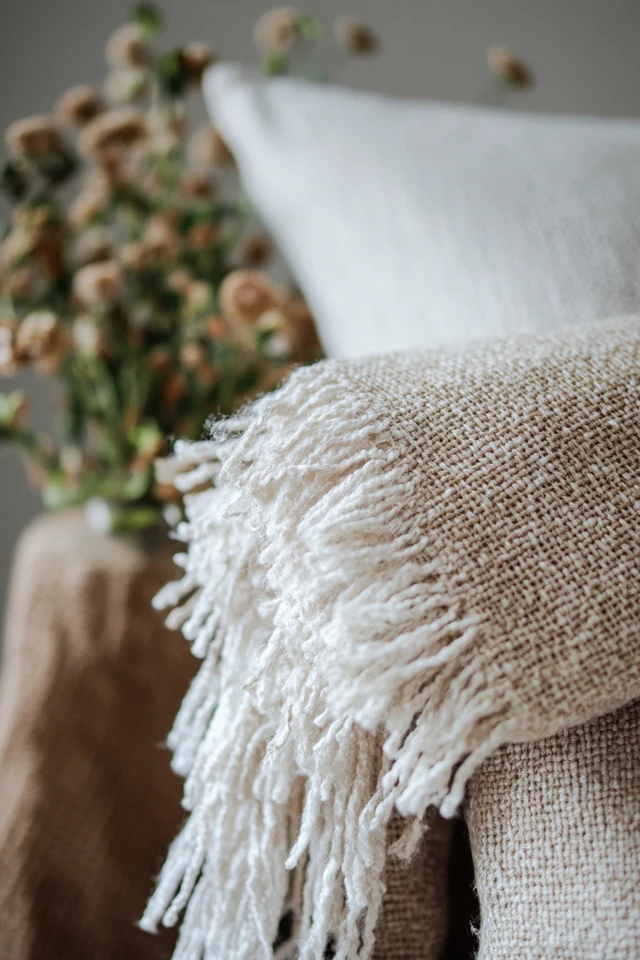Introduction
One of the most captivating aspects of Scandinavian design is its connection to nature, and nothing embodies this better than the use of wood. But here’s the thing—Scandinavian homes don’t just stick to one type of wood. They embrace contrast, mixing light and dark tones to create depth, warmth, and visual interest. I remember working on a Scandinavian-inspired living room for a client who wanted the space to feel cozy but not monotonous. By pairing pale oak flooring with a rich walnut coffee table and black ash accents, the room came to life. The contrast wasn’t overpowering; instead, it felt dynamic and harmonious, perfectly aligned with the essence of Nordic design.
The beauty of working with contrasting woods is that it adds character while maintaining the clean, minimalist aesthetic Scandinavian design is known for. Light woods like birch and pine bring an airy, calming vibe, while darker woods like walnut or black ash ground the space and add sophistication. If done thoughtfully, mixing these tones can elevate your home and make it feel layered and inviting.
In this blog, I’ll share practical tips and ideas for styling Scandinavian homes with contrasting woods. From furniture to flooring, this guide will help you create a cohesive look that’s both timeless and full of personality.
Why Contrasting Woods Work in Scandinavian Design
1. Natural and Organic Feel
Mixing wood tones creates a connection to nature, a cornerstone of Scandinavian interiors. The variety mimics the diversity found in the natural world.
2. Adds Depth and Interest
Contrasting woods prevent your space from feeling too uniform or flat. They create a layered look that draws the eye and adds visual complexity.
3. Timeless Appeal
The interplay of light and dark woods is classic and versatile, ensuring your space remains stylish for years to come.
Tips for Mixing and Styling Contrasting Woods
1. Start with a Dominant Wood Tone
Choose one wood tone to serve as the foundation for your space. This could be your flooring, dining table, or sofa frame. Once you’ve established the dominant tone, layer in contrasting woods through furniture, decor, or accents.
- Example: Use light oak flooring as your base, then add a walnut coffee table and dark ash picture frames.
2. Keep the Undertones Consistent
While mixing wood tones, pay attention to their undertones. Woods with warm undertones (like cherry or walnut) pair well together, while cool-toned woods (like ash or gray-stained oak) complement each other.
- Pro Tip: Avoid mixing warm and cool tones unless you’re confident in balancing them with neutral elements like white walls or textiles.
3. Balance Light and Dark Woods
Use lighter woods to make a space feel open and airy, and darker woods to add contrast and a sense of grounding. The key is to balance these tones evenly throughout the room.
- Example: In a dining area, pair a light birch table with dark walnut chairs for a striking yet cohesive look.
4. Incorporate Neutral Anchors
Scandinavian design thrives on simplicity, so use neutral elements like white walls, gray textiles, or stone accents to bridge the gap between contrasting woods. This helps create harmony and prevents the space from feeling too busy.
5. Use Accessories to Tie the Look Together
Add decor items like woven baskets, ceramics, or metal accents that echo the tones of your wood pieces. This creates a sense of unity and reinforces the Scandinavian aesthetic.
- Example: A white ceramic vase on a dark wood sideboard can highlight the contrast beautifully.
Creative Ways to Style Contrasting Woods
1. Pair Light Floors with Dark Furniture
Scandinavian homes often feature light wood flooring, such as birch or pale oak. Pair these with darker wood furniture like a walnut coffee table, black ash dining chairs, or a mahogany console.
2. Layer Wood Tones in Furniture
Choose furniture pieces in different wood tones to create contrast. For instance, a light pine dining table paired with black-stained chairs makes a bold, modern statement.
3. Contrast with Ceiling Beams
If your home has exposed wood beams, consider staining them in a darker shade to contrast with lighter walls and flooring. This adds architectural interest and a rustic Scandinavian touch.
4. Mix Wood Tones in Cabinetry
For kitchens or bathrooms, try combining light and dark wood cabinetry. For example, use whitewashed oak for upper cabinets and dark walnut for the lower ones.
5. Add Dark Wood Accents to Light Spaces
In predominantly light wood spaces, introduce darker wood accents like picture frames, side tables, or shelving to create contrast.
6. Incorporate Wood in Unexpected Places
Think beyond furniture. Add wood tones through lighting fixtures, wall panels, or even decorative items like trays or bowls.
Picture Gallery
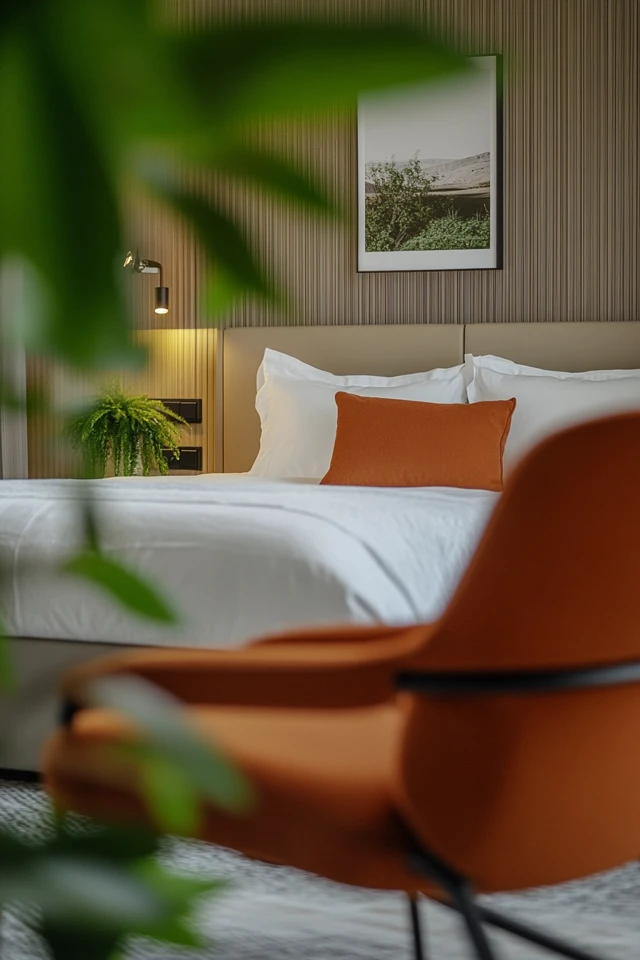
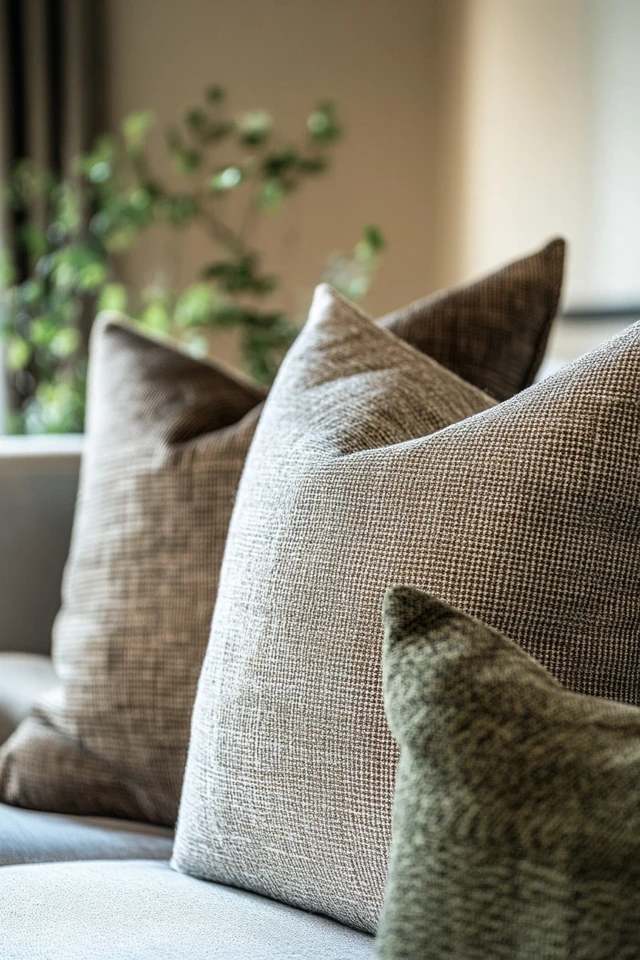
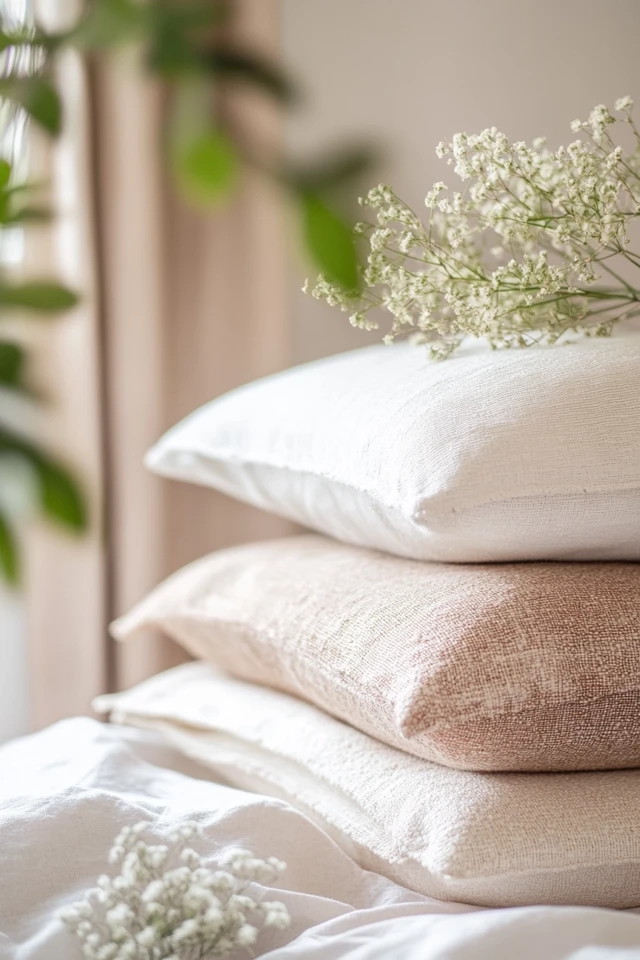
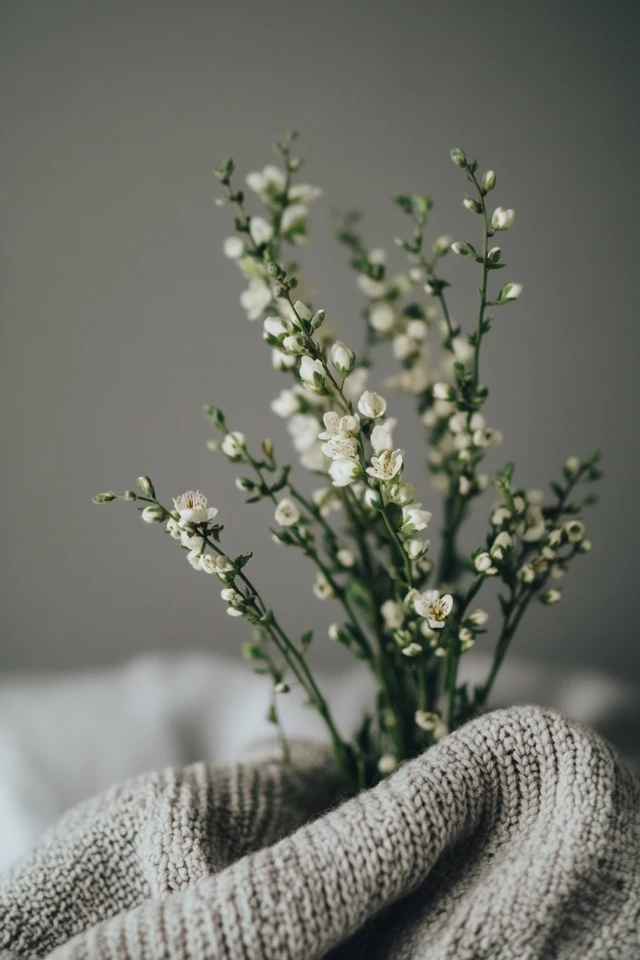
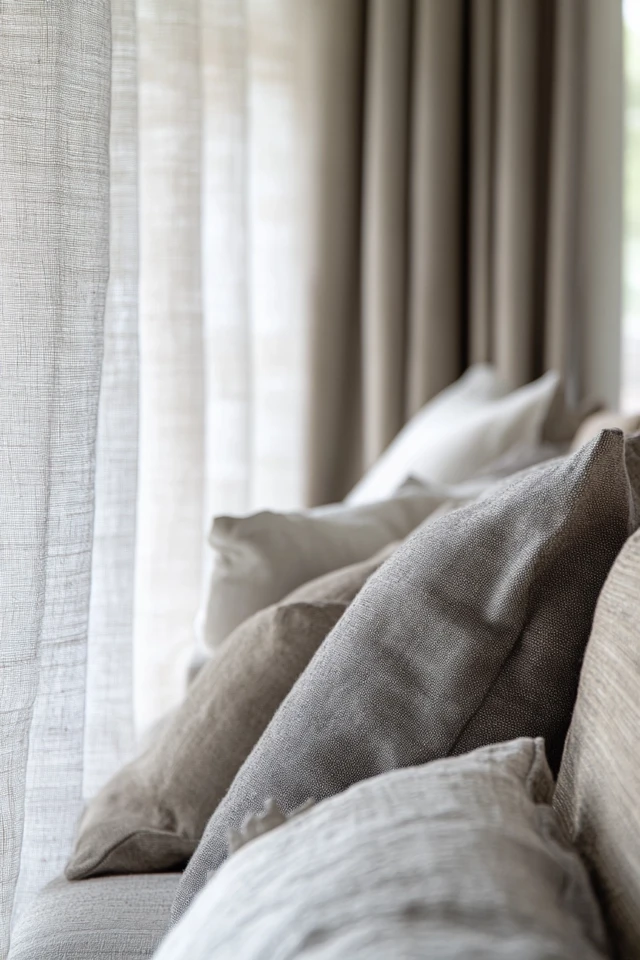
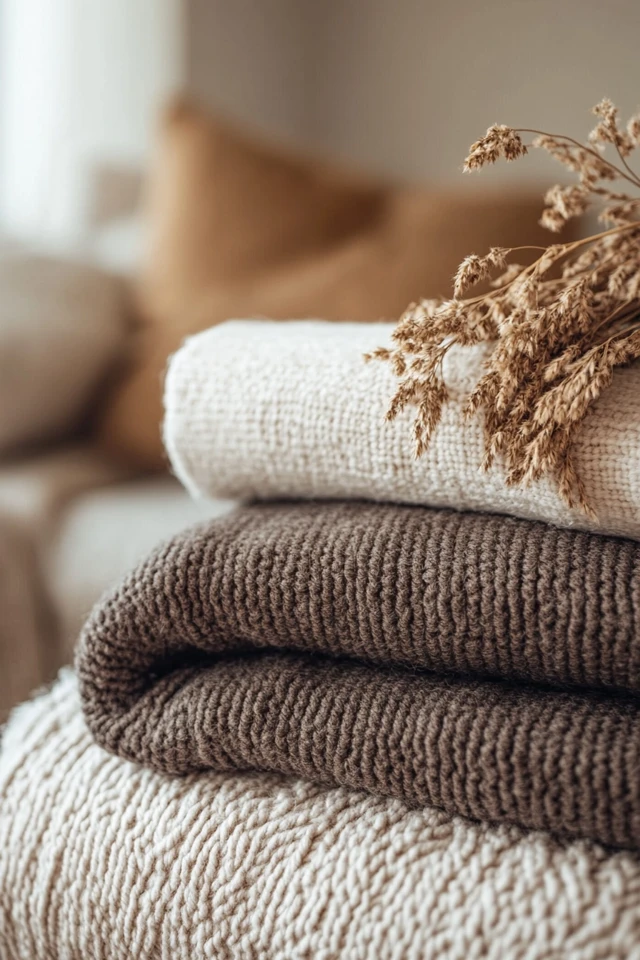
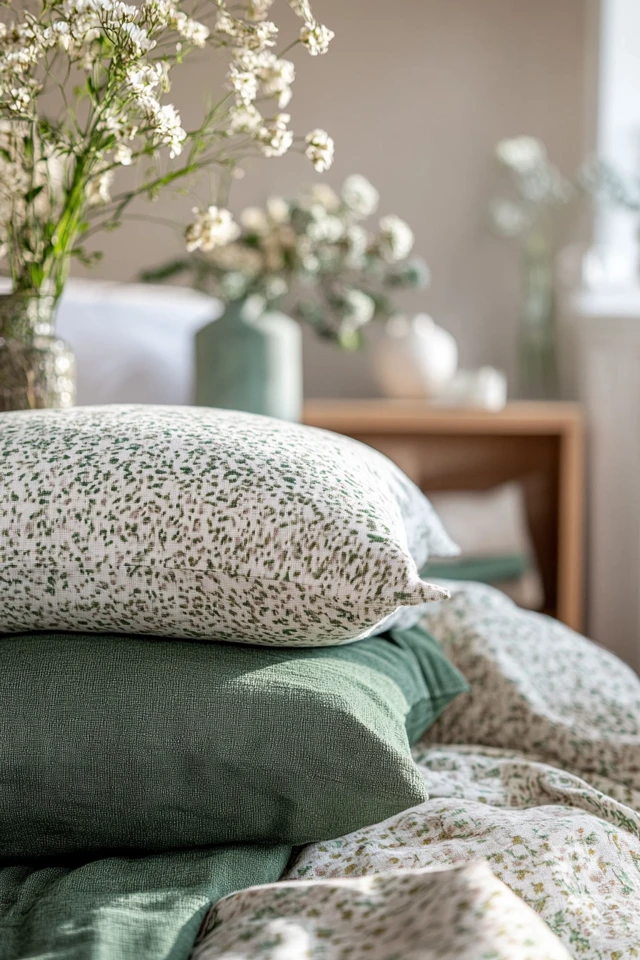
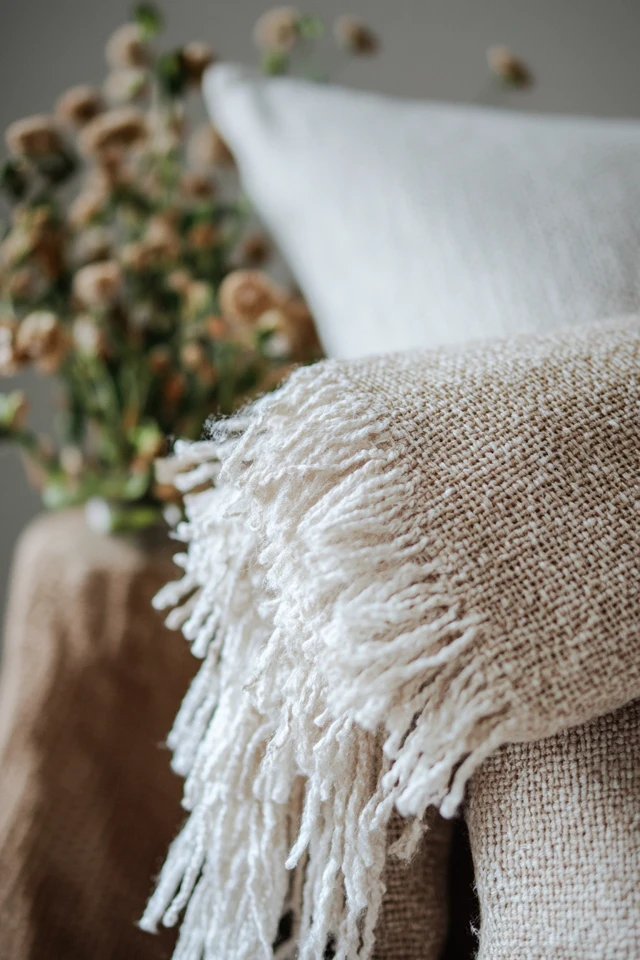
Benefits of Using Contrasting Woods
1. Creates Visual Balance
The interplay of light and dark woods helps balance the room, ensuring it feels neither too heavy nor too stark.
2. Enhances Scandinavian Warmth
Contrasting woods amplify the cozy, natural feel that Scandinavian design is known for.
3. Adds a Unique, Personalized Touch
Every combination of wood tones is unique, allowing you to infuse your personal style into the space.
Common Mistakes to Avoid
1. Using Too Many Wood Tones
Stick to two or three wood tones to maintain a cohesive look. Adding too many can make the space feel chaotic.
2. Neglecting Undertones
Mixing warm and cool wood tones without a plan can result in a mismatched look. Be intentional about your choices.
3. Overloading with Dark Woods
Too much dark wood can make a space feel heavy or closed off. Balance it with lighter tones and neutral elements.
4. Ignoring Texture and Grain
The texture and grain of wood play a role in its overall look. Pair smooth finishes with more rustic ones for added interest.
Conclusion
Styling a Scandinavian home with contrasting woods is an art form that combines functionality, beauty, and a connection to nature. By thoughtfully mixing light and dark tones, you can create a space that feels warm, dynamic, and effortlessly stylish.
Personally, I’ve found that working with contrasting woods adds a sense of depth and character to a room. One of my favorite combinations is pairing pale oak flooring with rich walnut furniture—it’s a timeless mix that never fails to impress. The key is to balance the tones, stick to a neutral palette, and let the natural beauty of the wood take center stage.
So, whether you’re revamping your living room or redesigning your kitchen, don’t be afraid to experiment with contrasting woods. It’s a simple yet impactful way to elevate your home and achieve that sleek Scandinavian look.
FAQ
1. What are the best wood combinations for Scandinavian interiors?
Light oak with walnut, birch with black ash, and pine with gray-stained wood are popular pairings that create a balanced look.
2. Can I mix warm and cool wood tones?
Yes, but balance them carefully. Use neutral elements like white walls or soft textiles to create harmony between warm and cool tones.
3. How many wood tones should I use in one space?
Stick to two or three wood tones to keep the design cohesive and visually appealing.
4. What are some affordable ways to add contrasting woods?
Use smaller items like dark wood picture frames, trays, or shelving to introduce contrast without investing in large furniture pieces.
5. Do Scandinavian homes always use light wood?
While light wood is a hallmark of Scandinavian design, dark woods are often used as accents to create contrast and depth.

